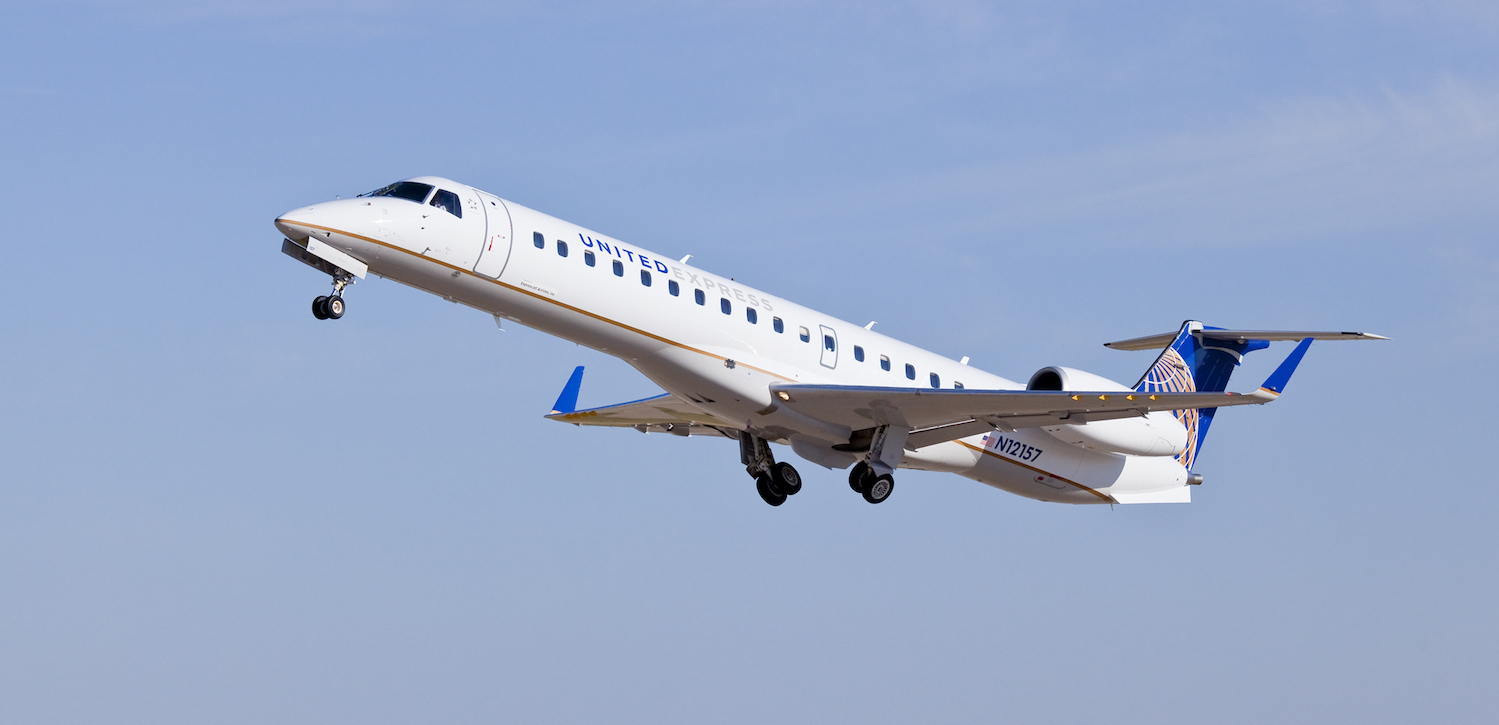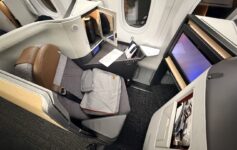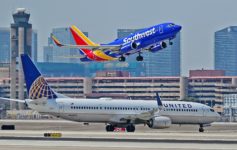United Airlines’ President Scott Kirby shocked investors by proclaiming United would increase domestic capacity by up to 6% this year and next. Now he’s shocked pilots by arguing this is “entirely dependent” on their authorization of more outsourced regional jets.
As you can imagine, that did not go over to well. The scope clause, an agreement limiting both the maximum size and number of regional jets, was a fundamental cornerstone to the pilot’s contract. That contract is up for renewal in 2019 and United is getting a head start on negotiations.
Kirby agues that more regional jets will benefit mainline pilots. At a JP Morgan Transportation conference on Tuesday, Kirby argued:
This is how we will grow the mainline. But “we have [fewer] 76-seat aircraft than American Airlines. If we’re trying to fly a 50-seat product to Rochester, and competitors are flying 76 seaters into Minneapolis or Chicago, we will lose that battle.
Kirby pulled the same stunt at American Airlines…and pilots reacted in exactly the same way.
Fortune reports that Kirby even conceded the realistic concerns of pilots:
I get why our pilots are really nervous about this – if I were a pilot, I’d be really nervous about it.
That’s a startling admission.
As I wrote about earlier today, the qualified pilot shortage is real and commercial airlines are in desperate need of well-trained men and women to take over for its aging pilot base.
But United is not so desperate that it is willing to leave millions on the table.
Union Solution: Put Mainline Pilots in Regional Jets or Add More Mainline Jets
The union response is clear: United can add as many 76-regional jets as it fancies…but they must be operated by mainline pilots.
Alternatively, United can add additional “small narrow body” mainline jets such as the CS100 and simultaneously add more 76-seat jets operated by regional partners. Per the current pilot contract, 76-seaters can “account for a percentage of the fleet of small narrow bodies.”
Todd Insler, president of the United chapter of the Air Line Pilots Association (ALPA) dismissed Kirby’s concerns over the needs for more regional jets–
United pilots can deliver the current 76-seat product with better economics, improved reliability and with a superior customer experience for our passengers, just as we do on our current fleets.
I doubt the better economics part, but certainly United has a pair of immediate solutions on the table.
Conspiracy Theory: Link to Bonus Controversy?
I’m not one of those conspiracy theorists who think LBJ killed JFK, the Apollo 11 moon landing was faked, and 9/11 was an inside job.
But the conspiracy engines in the back of my mind go to work over this.
Try this on for size. What if Kirby announced the bonus cutbacks when he actually intended to make them more lucrative all along? United is currently “negotiating” the bonus with employee groups. What if a new plan comes out that is even more generous than before?
Is this all a bargaining chip to get pilots to say, “Oh, fine. We’ll allow additional 76-seat jets operated by regional pilots”?
We’ve seen far more elaborate schemes in the past.
CONCLUSION
I agree with Kirby’s warning: if United is operating 50-seat single-class regional jets and AA and Delta are operating larger and more comfortable planes, United will lose. Even so, I don’t see how United can coax pilots into loosening the scope clause without other givebacks that will neutralize any cost savings. Let’s see how this unfolds.
> Read More: United Airlines Gambles on Increased Capacity
> Read More: Dear Scott Kirby, Remember the Ghost of Jeff Smisek





SFH anyone? Maybe it’s time to status match to Alaska…
I think there is a good chance Kirby is trying to save face after the investor revolt without having to backtrack: Claim the pilots thwarted his plan.